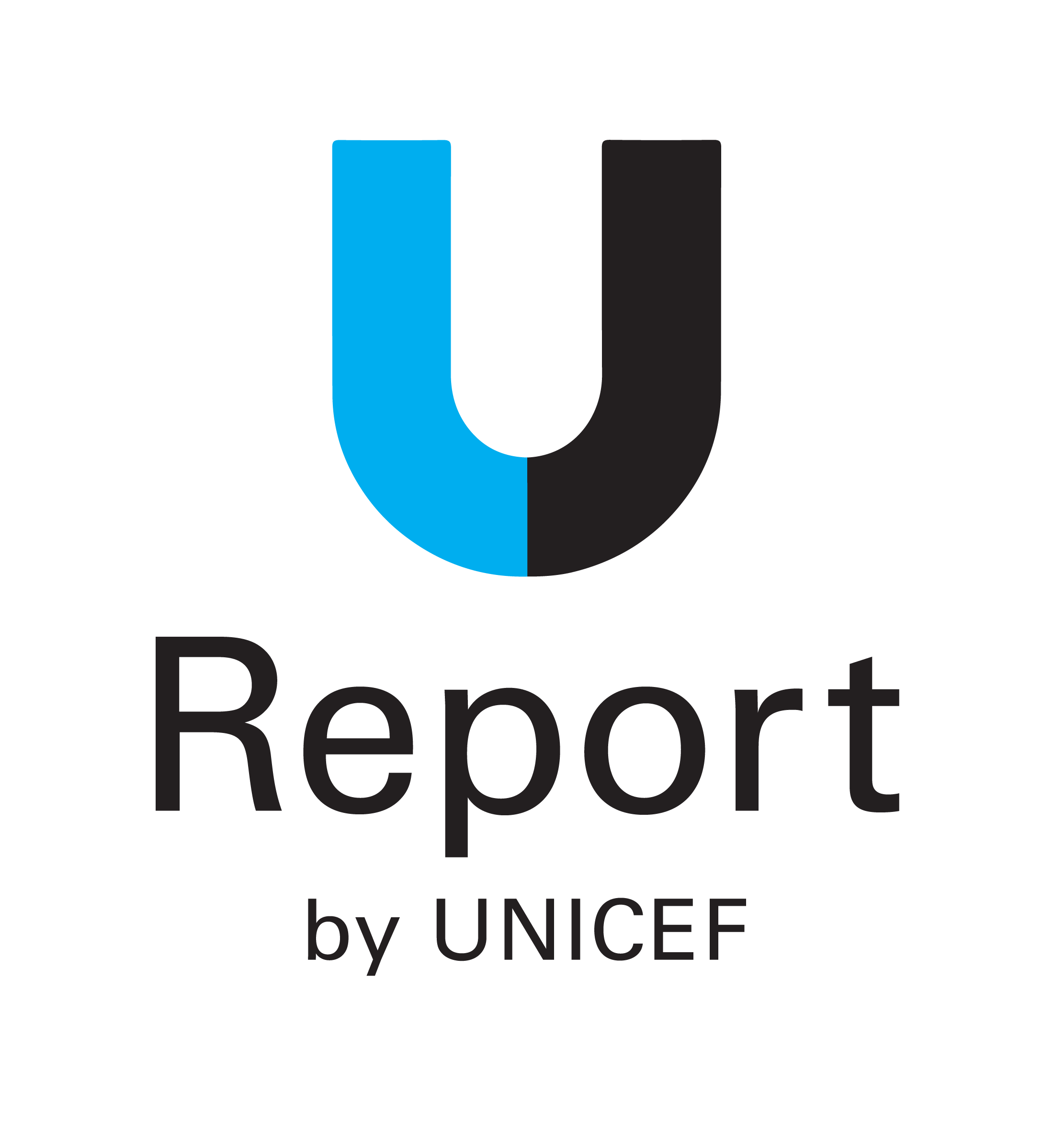
It’s nearly impossible to watch a newscast without some mention of the opioid crisis in the United States. But even though the use of harmful habit-forming drugs receives significant media coverage, a large group of the population is overlooked: young people.
Due to factors such as peer pressure, curiosity and availability, drug use is an increasing problem among youth in America.
Unfortunately, despite the growing need for assistance, young people are overlooked when it comes to receiving adequate treatment. Limited access to effective treatment means many young people die without the proper chance to fight their addictions. While ethical prescribing and utilizing more holistic approaches for managing chronic pain are some ways health professionals can help to combat this issue, neither provides a cure-all solution.
If America is going to keep a generation from falling through the cracks, the country must understand the different ways in which the opioid crisis and current treatment methods affect young people. This understanding is a critical precursor to better allocating resources to help those affected.
How the Opioid Crisis Affects Young People
A recent analysis of U.S. data revealed an unexpectedly high prevalence of prescription opioid use among young people, according to Boston Children’s Hospital. In the National Survey on Drug Use and Health, nearly 4% of adolescents and 8% of young adults said they had misused opioids in the past year.
Unlike adults, who frequently begin abusing prescription drugs after first obtaining them legally from a healthcare provider to manage chronic pain, 57% of youth who reported misusing opioids said they obtained them from friends or relatives, according to the survey. An especially vulnerable group, Science Daily wrote, “it’s well-known teens and young adults are particularly prone to becoming addicted once exposed to opioids.”
Once addicted, the consequences of opioid abuse are well-documented. Between 1999 and 2016, nearly 9,000 children and adolescents died from prescription and illicit opioid poisonings, according to a Yale University study. The study noted the vast majority of opioid deaths occurred among those 15 to 19 years old and were unintentional.
Even children not abusing prescription drugs themselves may fall victim to the opioid crisis. A recent study revealed the number of children placed in foster care due to parental drug use has more than doubled over the past two decades. In 2017, nearly 96,700 children were taken out of their homes because their parents were abusing drugs.
Reasons Treatment is Harder to Secure
Despite the data showing children and youths are abusing opioids, few are getting the help they need. Only a small percentage of youth who report opioid abuse or dependence receive addiction treatment, according to an analysis of the National Survey on Drug Use and Health.
Furthermore, in comparison with their white peers, youth of color are significantly less likely to receive treatment. One factor discouraging black youth from seeking treatment is fear of incarceration; many states in the US still don’t have so-called Good Samaritan laws that protect addicts who seek treatment.
In their interview with the Washington Post, researchers Andra Wilkinson and Hannah Winslow, who analyzed the National Survey on Drug Use and Health, said this fear stems from a history of substance abuse in the black community being “addressed through the criminal justice system, rather than via treatment provision.”
But perhaps the primary reason treatment is harder to secure for youth is the lack of facilities offering programming specifically for them. Fewer than one-third of substance abuse treatment facilities offer programming for, according to Child Trends, a Maryland-based research organization that focuses on children and youths. Of those facilities, only 10% offer medication-assisted therapy, which is widely-regarded as the most successful method for treating opioid addiction.
Courtney Locker told Casey Leins of U.S. News & World Report that she was 12 years old when she started abusing prescription drugs. She only received naltrexone, a craving-reducing medication, from her outpatient program and psychiatrist after doing her own research and asking for it. In spite of all the talk around the opioid crisis, experts say the public is largely unaware that such resources aren’t readily available to many younger Americans.
Better Ways to Allocate Resources
According to Leins, in 2016, American Academy of Pediatrics recommended allocating additional resources to better assist public health officials and improve access to medication-assisted treatment for opioid-addicted youth.
One of those public health officials to whom Leins spoke was Dr. Sharon Levy, director of the Adolescent Substance Use and Addiction Program at Boston Children’s Hospital. Levy told Leins that outdated perceptions about medication-assisted treatment are shaping policies and attitudes that prevent young patients from accessing medication that could effectively treat a life-threatening condition.
In part due to the stigma that sometimes accompanies medication-assisted treatment, Levy also informed Leins that doctors have been slow to apply for buprenorphine (another craving-reducing medication) waivers which would allow them to prescribe the drug themselves. Similar to the controversy surrounding needle exchange programs, public health officials are worried their support for medication-assisted treatment may be misinterpreted as encouraging drug use. But Levy and her colleagues are working to change that.
Levy started a program that works with pediatric primary care offices to increase their capacity to treat opioid addiction in-house. Rather than going to a hospital or treatment center for help, she described to Leins a program through which young people receive treatment from their physician while continuing to attend school and participate in other activities.
Levy told Leins that there are, of course, situations which require substance use treatment at a specialized facility; however, pediatricians trained to treat opioid addiction can make treatment more accessible and, ultimately, more successful for youth.






